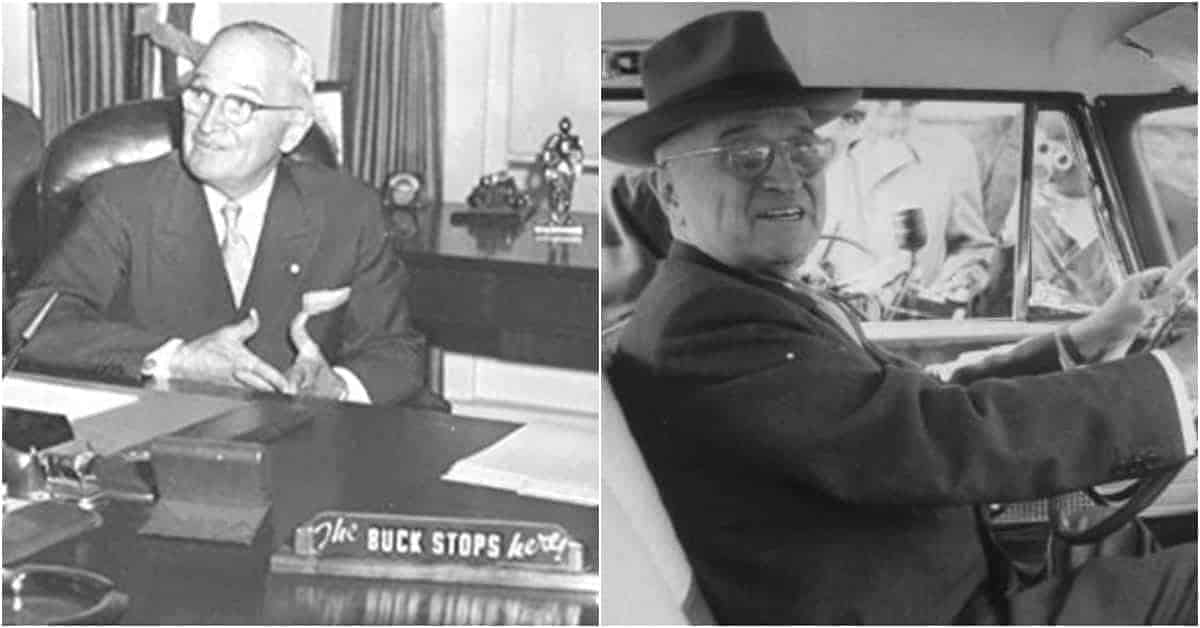Harry S Truman – the S does not correspond to any name – became the 33rd President of the United States when the nation stood at a crossroads of history. America was about to supplant the British Empire as the world’s peacekeeper. World War II in Europe was winding down, and the Soviet Union was emerging as the most powerful nation in the Eurasian world. America – unknown to Truman when he took the oath of office – was about to detonate the first atomic bomb. The United States Navy was the largest and most powerful the world had ever seen. The Great Depression had been finally quelled by US war production.
Truman faced challenges that no other American President had ever had to consider; the rebuilding of postwar Europe; the final defeat of Japan; the demobilization of the largest military the US would ever produce; the retooling of American industry; the postwar economy; and the clamor of nations across the globe demanding autonomy. The American people were sick of depression, sick of shortages, tired of sacrifice, and weary of war.
After twelve years of the autocratic and lordly Franklin Roosevelt Americans weren’t sure what to expect from the plain-spoken and humble Truman. It was the general consensus that he wasn’t up to the job, not in experience, education, or even stature. He was an unknown former senator from Missouri, owned by the political machine of Tom Pendergast. More than seventy years later he is frequently cited as one of America’s great presidents. Here are some reasons Americans finally warmed to Harry Truman.

He was the last president not to attain a college degree.
Truman never completed a college degree although he did attend college for a short time, taking shorthand, typing, and business classes at Spalding’s Commercial College in Kansas City, Missouri after completing high school. Much later, in 1923-25 he attended law classes at the Kansas City Law School but he completed neither his degree nor his law license. He continued his education on his own as a life-long reader and through the depth of his experiences.
He worked for a period as a timekeeper for a railroad, living in what were then known as hobo camps, usually located near the railways. Later he worked as a clerk/teller for the National Bank of Commerce in Kansas City. He roomed in a local boarding house; one of his fellow boarders was Arthur Eisenhower, the eldest brother of Dwight D. Eisenhower, who would loom large later in Truman’s life.
By the time Truman occupied the White House it was common for the president to be college-educated, and the fact that he did not become a factor among his political opponents and enemies in the press. As President, Truman at one time sought to acquire a law license, perhaps with an eye at practicing law after leaving Washington. By the time his staff had figured out the details of applying he had changed his mind.
Despite lacking a college education Truman’s voracious reading and astute observations of personalities made him well informed on world events and politics. As President, he remained well-read and was always fully informed on all of the details on any issue placed in front of him, although he could not refrain from sometimes speaking disparagingly of those with degrees from prestigious Eastern schools such as Yale and Princeton.

